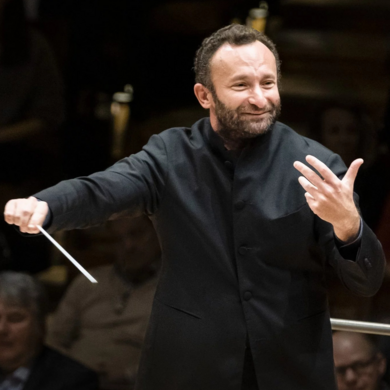Few sounds are as instantly narcotic as the dense metallic shimmer of the gongs, metallophones, drums, zither, and flute than combine to form the gamelan, native to Java and Bali. The debut of such an ensemble at the Paris World Exposition in 1889 dazzled Claude Debussy, who mimicked its magic in “Pagodes,” the opening section of his piano suite Estampes. Seven decades later, Benjamin Britten was initiated into the practice of the gamelan by the Canadian-American ethnomusicologist Colin McPhee, who had studied it in the field, leading to the composition of Britten’s vastly more extensive and stylistically accurate pastiche in the evening-length score for the choreographer John Cranko’s exotic The Prince of the Pagodas (1957). A Western tradition of benign appropriation of the gamelan flourishes to this day. At PS21, in pastoral Chatham, 125 miles from Manhattan, the New York-based Gamelan Yowana Sari presents an “indoor-outdoor, site-responsive,” West-meets-East rijsttafel of contemporary pieces by Vivian Fung, Michael Gordon, and Evan Ziporyn contextualized by traditional Balinese material. Post-concert, listeners are invited to mingle with the performers and even to try out the instruments, the most distinctive of which are sounded by mallets operated at the speed of lightning. I can’t say I ever had such access in Bali, but maybe it’s not that surprising. Even in expert hands, the hardware takes a lot of abuse. We’re not talking Stradivariuses here. —Matthew Gurewitsch



